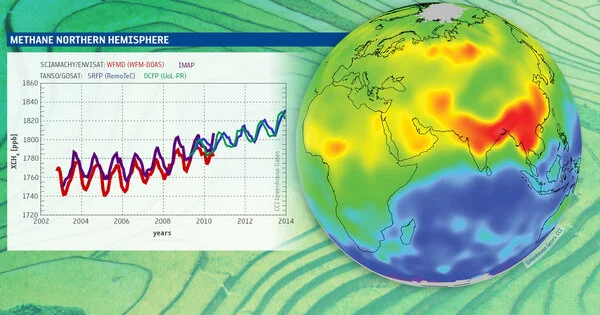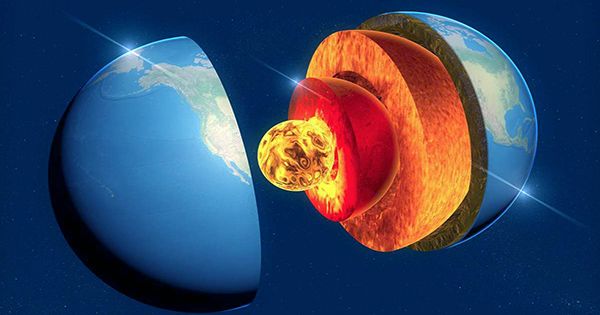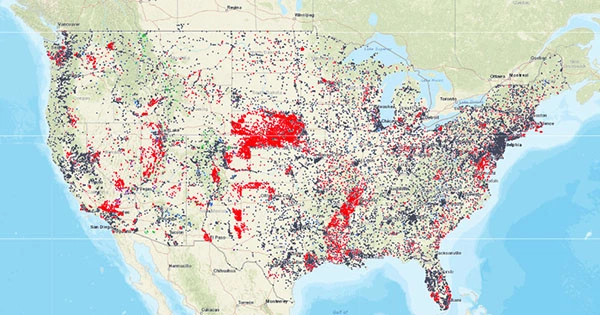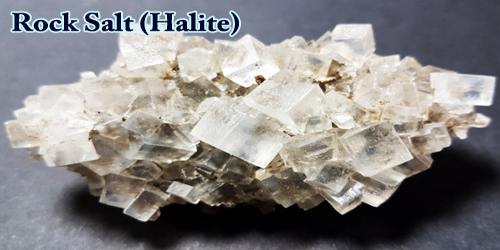Atmospheric methane (CH₄) is a powerful greenhouse gas that significantly impacts the Earth’s climate system. It is the methane found in Earth’s atmosphere. Methane is 25 times more effective at trapping heat over a 100-year period than carbon dioxide (CO₂), despite its higher abundance in the atmosphere. Methane emissions are driving climate change by raising the concentration of methane in the atmosphere. Methane is among the most potent greenhouse gases.
Methane comes from both natural and artificial sources, and its quantity in the atmosphere has been rising in recent decades. Methane has a direct radiative forcing (RF) on climate and is the second largest contributor to human-caused climate forcing throughout history. Methane is a major source of water vapor in the stratosphere through oxidation, and water vapor adds about 15% to methane’s radiative forcing effect.
The global warming potential (GWP) for methane is about 84 in terms of its impact over a 20-year timeframe. That means it traps 84 times more heat per mass unit than carbon dioxide (CO2) and 105 times the effect when accounting for aerosol interactions.
Natural Sources of Methane:
- Wetlands: Microbial activity in waterlogged soils, such as wetlands and marshes, produces methane as a byproduct.
- Termites: Certain species of termites produce methane during digestion.
- Geological Sources: Methane can be released from geological reservoirs, such as seafloor sediments and permafrost.
Anthropogenic Sources of Methane:
- Fossil Fuel Production: Extraction, processing, and transportation of fossil fuels (coal, oil, and natural gas) can release methane.
- Livestock: Enteric fermentation in the digestive systems of ruminant animals (cattle, sheep) produces methane.
- Landfills: The decomposition of organic waste in landfills generates methane.
- Rice Cultivation: Anaerobic conditions in flooded rice paddies lead to the production and release of methane.
- Biomass Burning: The combustion of organic matter, such as forests or agricultural residues, can release methane.
Impacts on Climate Change:
Methane has a considerable contribution to global warming in the short run. Despite having a shorter atmospheric lifespan than CO₂, it has a stronger warming effect. Efforts to limit methane emissions are critical for climate mitigation. The Intergovernmental Panel on Climate Change (IPCC) has stressed the necessity of reducing methane emissions in order to minimize global warming.
Monitoring and Regulation:
Efforts are undertaken to monitor and regulate methane emissions worldwide. This involves deploying technologies to capture and reduce methane emissions in the fossil fuel industry, improving waste management methods, and encouraging sustainable agriculture.
Reducing methane emissions is viewed as a supplementary tactic to carbon dioxide reduction efforts in the battle against climate change. Strategies include better management of natural resources, improvements to industrial processes, and the development of cleaner technology in a variety of areas.
















